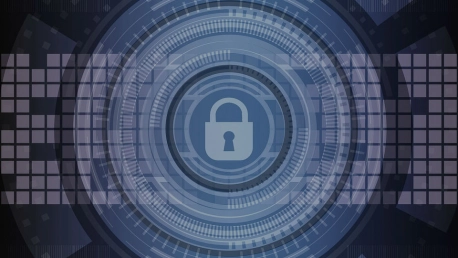
As more and more data and applications are moving to the cloud, organizations now face a host of new security threats and challenges. Today, cloud infrastructures appear to be the growing target among threat actors. In the last six months, cryptomining attacks have become the leading attack vector
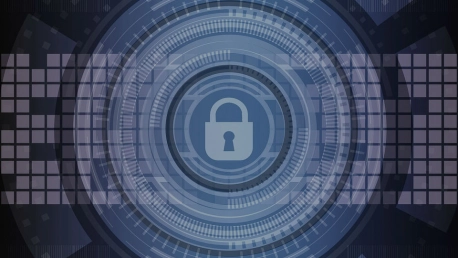
Full-time privacy has become essential in an increasingly connected life. At the workplace or at home, we are currently generating a tremendous amount of data. Discover below a quick guide on how to encrypt your entire digital footprint and keep your data completely safe. Surfing anonymously and
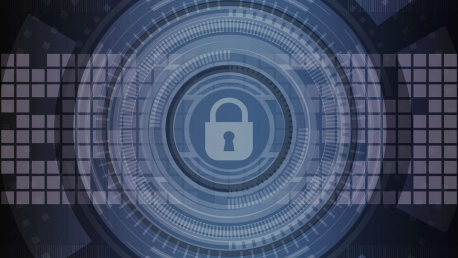
The growing array of devices that can be connected to the internet causes consumers to be increasingly susceptible to cybercrime. Every smart TV or networked lightbulb we set up in our home or office can become a silent soldier sent by hackers to the global battlefield of cyberwarfare. The global
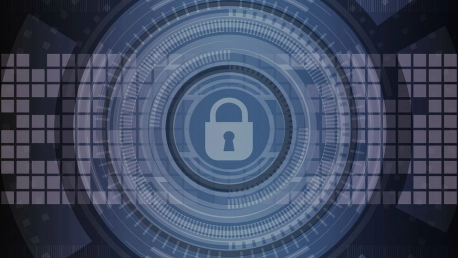
With the cyber threats faced by mobile phone users uprising at an alarming rate, app permissions became a crucial step in securing our devices. In 2017, Kaspersky Lab detected almost 6 million malicious installation packages and more than 94.000 mobile banking Trojans. Mobile apps need permissions
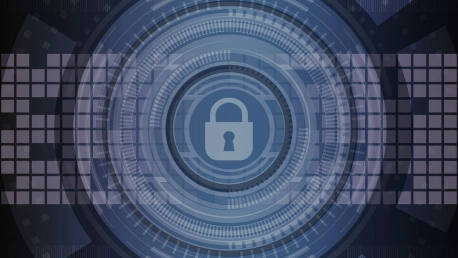
Even though cybersecurity solutions are becoming increasingly sophisticated, hackers are still managing to keep up even with the most advanced technologies. Furthermore, companies get so caught up in trying to adopt new technologies in their endless search for 100% protection that they forget to
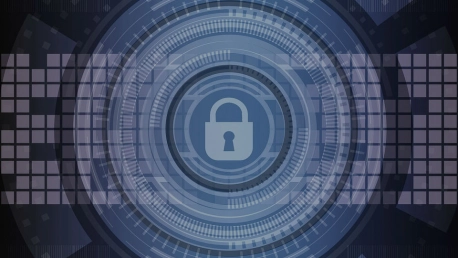
91% of cyberattacks start with a phishing email . Why are they still so prevalent – and successful? It seems like every day another high-ranking employee falls for a scam and loses millions in company money. How long have security experts been fighting phishing attacks? How much damage can they